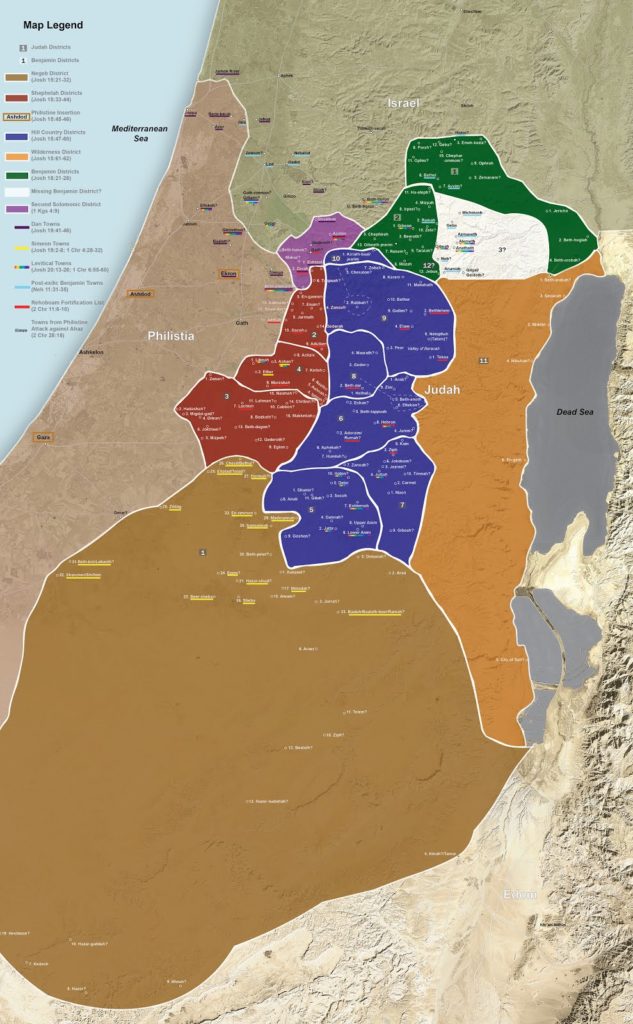The Israel Antiquities Authority has issued a press release, forwarded to us by Joseph Lauer, about recent excavations in the Cave of the Skulls in the Judean wilderness. Here are a few paragraphs and photographs from the press release:
Last week, the Israel Antiquities Authority took a first step in the plan by commencing a complicated and extraordinary archaeological excavation in search of scrolls in Nahal Tse’elim. A team from the IAA’s Unit for the Prevention of Antiquities Robbery accompanied by researchers from the Caves Research Center of the Hebrew University and hundreds of volunteers from across the country is participating in the excavation, which is taking place with the support of the Heritage Project in the Ministry of Jerusalem Affairs. The excavation is being directed by archaeologists Dr. Eitan Klein, Dr. Uri Davidovich, Royee Porat and Amir Ganor. For many years, IAA inspectors have been proactively enforcing the law in the desert, during the course of which they have made a number of seizures and foiled bands of antiquities robbers that sought to become rich through the detrimental exposure of items of great historical importance. However, these actions are a mere drop in the ocean and the Israel Antiquities Authority stresses that only by excavating all of the scrolls in the ground and transferring them to the state, will it be possible to ensure their well-being and preservation for future generations.
[…]
The Cave of Skulls, where the excavation is taking place, is located about 80 meters from the top of the cliff, and c. 250 m above the base of the wadi. Because of the difficulty in reaching the site, the Israel Antiquities Authority obtained a special permit from the Nature and Parks Authority to construct an access trail, which requires the use of rappelling equipment for the safety of the participants in the excavation. More than 500 volunteers and field personnel from Israel and abroad were required for the undertaking, and they are sleeping and living in a camp in desert field conditions. Many requests by individuals offering to participate have been denied because of the lack of infrastructure to provide for such a large group of archaeologists, volunteers and interested parties. The current excavation season will end in another two weeks, assuming this will be sufficient time in order to extract the valuable archaeological information from the cave.
According to Amir Ganor, director of the IAA’s Unit for the Prevention of Antiquities Robbery, “The excavation in Nahal Tse’elim is an operation of extraordinary complexity and scope, and one that has not occurred in the Judean Desert in the past thirty years. Despite the rigorous enforcement actions taken against the antiquities robbers, we still witness acts of severe plundering that unfortunately are possible in such large desert expanses. There are hundreds of caves in cliffs in the area, access to which is both dangerous and challenging. In almost every cave that we examined we found evidence of illicit intervention and it is simply heart-breaking. The loss of the finds is irreversible damage that cannot be tolerated”.
Arutz-7 has posted a 1.5-minute video.




